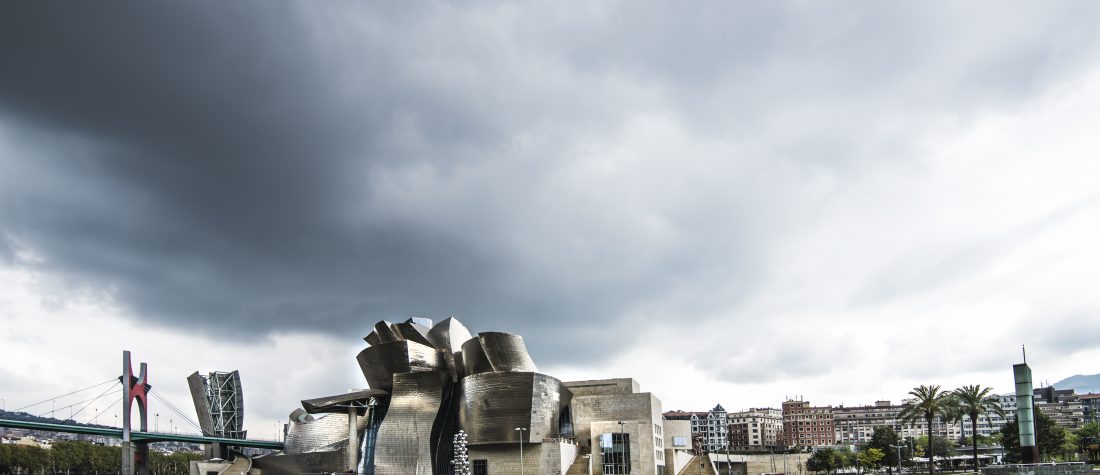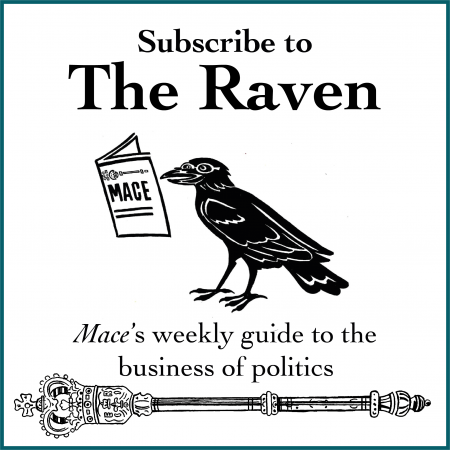Legislation to regulate the art market is misguided and based on inadequate data and fake news. This damages and obstructs a valuable sector of the economy. It might also undermine the individual rights of the citizen to private property.
One example is the EU Regulation 2019/880 covering impact of cultural goods. The European Commission’s own report ‘Illicit trade in cultural goods in Europe’ published in 2019, shortly after the regulation was rushed through the EP, failed in its primary objective of measuring the size, scope and nature of illicit trade in cultural goods because of a lack of reliable data. But this report flagged up serious concerns about the data available for the policymakers drafting this legislation.
Two of the authors of that report, Neil Brodie and Donna Yates, describe those concerns in an academic paper published in November 2021 – Why There is Still an Illicit Trade in Cultural Objects and What We Can Do About It.
They state that there was a “dearth of trustworthy evidence for answering even basic questions about the size of the trade”. Brodie and Yates say that their EC Report concluded the roots of the problem are “ineffective data collection by law enforcement and criminal justice agencies and poor collaboration and information sharing between those agencies”.
And yet the legislation was passed. The market fought it as impractical, unrealistic and disproportionately damaging to legitimate trade. The 2021 academic paper criticises ineffective and wasteful projects to tackle illicit trade that still fail to provide the necessary data. Brodie and Yates argue that the authorities “spend time and money asking the same questions, developing the same methods, chasing the same information, conducting the same analyses, and producing the same conclusions as previous or parallel projects”.
Brodie and Yates identify another ongoing problem – the exaggeration of the financial significance of the illicit trade in cultural objects. In 2020, Unesco claimed that the illicit trade in cultural property is worth $10 billion a year. The authorities also see the trade as being equivalent to the drugs and arms trades. Brodie and Yates call these claims “vexatious”.
The paper says that because there is no reliable intelligence “policy makers and their bought-in researchers fall back on media reporting and open-access or Osint [open source intelligence] materials”.
Data failures
I can agree with Brodie and Yates: “Unreliable media reporting provides a treacherous foundation for policy development. Any new policy initiatives developed in an atmosphere of media hype and based on poor-quality data are likely to fail.”
Research also shows that many existing models are based on decades-old cases that do not always reflect the realities of present-day illicit trade. The failure – even of the largest organisations – to check sources properly is serious. As data guru Dr Tim Harford argues, confirmation bias is often to blame: if the answer suits your purpose, why check whether it is accurate?
As Brodie and Yates conclude, if policy makers do not have access to reliable information about the nature of the trade, they cannot be expected to draft an appropriate regulatory response.
The authors – experienced in competing for research funding themselves – accuse inter-governmental organisations and NGOs of putting self-interest ahead of remit to the point of excluding other stakeholders in order to assert primacy in policy guidance.
The case of Import Regulation 2019/880 demonstrates how misguided policy is failing. Its stated aim was to combat terrorist financing through cultural goods.
Today, more than four years after the drafting of the regulation, there is still no evidence of terrorist financing with cultural goods to be shown.
As it stands, the retroactive element of this regulation, which has not yet been fully enforced, will blight the art market and the member states whose economies it supports. It is also a direct threat to the private property rights of EU citizens, who may find themselves unexpectedly deprived of their belongings at customs. Perhaps most importantly, it does a disservice to the EU politicians charged with making difficult decisions about our future.
Vincent Geerling is chairman of the International Association of Dealers in Ancient Art.
Where does UNESCO’s $10 billion claim come from?
In October 2020 Unesco launched its 50th anniversary celebration for the 1970 convention on fighting illicit trade in cultural property with a startling headline claim – that illicit trade in cultural property is estimated to be worth nearly $10 billion a year.
Where did the figure come from?
Unesco said it was sourced from the 2018 Joint European Commission-Unesco Project report, Engaging the European Art Market in the fight against the illicit trafficking of cultural property, by Professor Marc-André Renold. The figure appears in section C, said Unesco.
It doesn’t.
In fact, the Renold study doesn’t mention a $10 billion figure anywhere. Instead it quotes an estimated figure of $6 billion to $8 billion from a 2011 study by Frank Wehinger. This is also wrong, because Wehinger does not claim that the figure is accurate, nor does he give a source for it. He just states that it is a figure “regularly given”.
In addition, the Renold study states: “There are no comprehensive and reliable statistics that would allow us to capture the true scale of illicit trafficking or monetary value of the black market in cultural goods.”
This is a view adopted by Interpol, which has also stated that it never expects to have any reliable figures, as well as by the Rand Corporation report, studying open source data, published in May 2020.
Unesco was asked to correct its misleading statement headline figure at the time but continues to promote it on its website.


